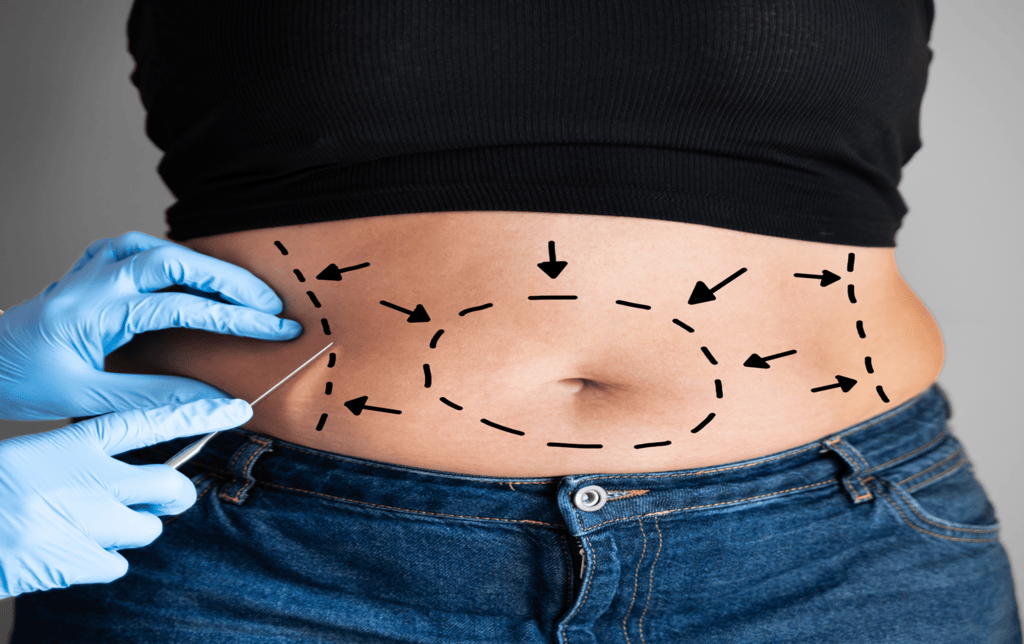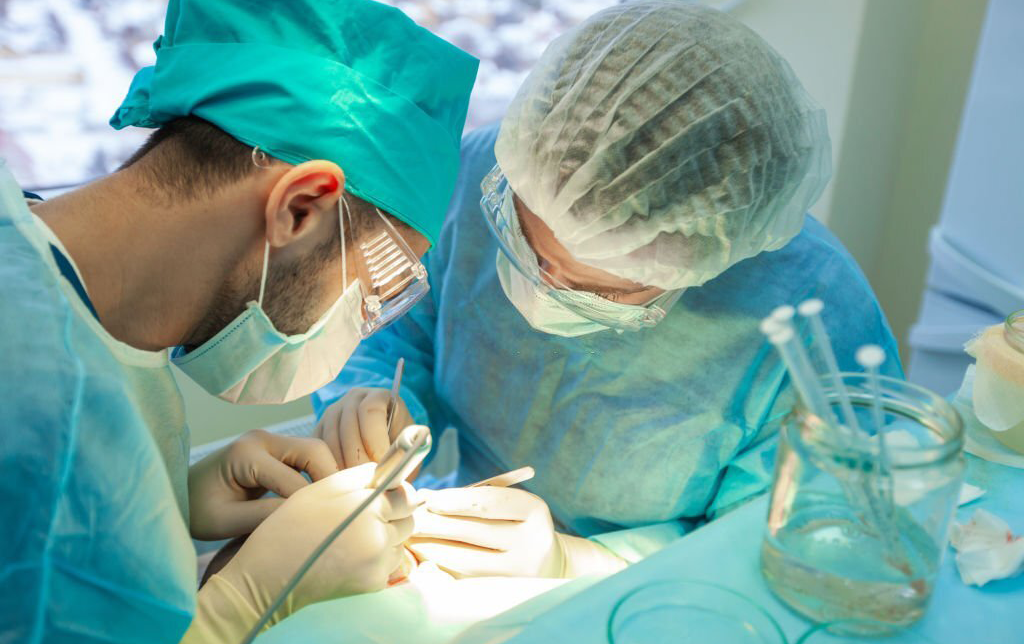Blogs

Abdominoplasty: Sculpting a Firmer, Flatter Abdomen
Abdominoplasty, commonly known as a tummy tuck, is a transformative surgical procedure designed to flatten the abdomen by removing excess fat and skin and tightening underlying muscles. This procedure can significantly enhance the appearance of a drooping or protruding abdomen, providing both aesthetic and functional benefits.
What Is Abdominoplasty?
Abdominoplasty, or tummy tuck, is a major surgical procedure aimed at sculpting and contouring the abdominal area. The surgery involves the removal of excess fat and skin and the tightening of abdominal muscles to create a smoother, firmer abdominal profile. This procedure is often sought by individuals who struggle with persistent belly fat, loose skin, or weakened abdominal muscles due to factors such as pregnancy, significant weight loss, or genetic predisposition.
Causes and Indications for a Tummy Tuck
Pregnancy: During pregnancy, the abdominal muscles and skin stretch to accommodate the growing fetus. Post-pregnancy, some women experience excess skin, separated abdominal muscles (diastasis recti), and stubborn fat deposits that resist diet and exercise. A tummy tuck can address these post-pregnancy changes, restoring a more toned and youthful abdominal contour.
Significant Weight Loss: After substantial weight loss, individuals often face the challenge of excess skin and tissue that remains even after fat has been lost. This excess skin can obscure the newly slimmed contours and impact self-esteem. A tummy tuck can effectively remove this excess skin and fat, allowing patients to fully appreciate their weight loss achievements.
Diastasis Recti and Abdominal Wall Weakening: Diastasis recti is the separation of the rectus abdominis muscles, which can result from pregnancy, excessive abdominal pressure, or genetics. This separation can cause a protruding belly and weakened core strength. A tummy tuck addresses both excess skin and fat and tightens the abdominal muscles, restoring core strength and stability.
Men and Abdominoplasty: A tummy tuck is not exclusive to women. Men who have undergone significant weight loss or experienced changes in their abdominal area due to aging or genetics may also benefit from this procedure. Men often accumulate excess fat in the abdominal area, leading to a prominent belly or “beer gut” that may persist despite weight loss. A tummy tuck can help achieve a firmer, more defined abdomen.
Benefits of a Tummy Tuck
Physical Benefits:
– Flattened Abdomen: By removing excess fat and skin and tightening muscles, a tummy tuck results in a flatter, firmer abdomen.
– Improved Posture: A tighter abdominal wall can support better posture, reducing spinal strain and associated pain.
– Reduced Excess Skin: Especially after weight loss, a tummy tuck eliminates loose skin that can hinder the appearance of a slimmed physique.
Psychological Benefits:
– Enhanced Self-Esteem: Many individuals report improved self-esteem and body image following a tummy tuck. Addressing physical insecurities can lead to increased confidence and a more fulfilling lifestyle.
– Improved Quality of Life: By addressing aesthetic concerns, a tummy tuck can empower individuals to enjoy activities and clothing they previously avoided.
Preoperative Considerations
Consultation: Before undergoing a tummy tuck, patients should have a thorough consultation with a board-certified plastic surgeon. This consultation involves discussing goals, medical history, and suitability for the procedure. The surgeon will assess the patient’s abdominal anatomy, skin laxity, and muscle integrity to determine the most appropriate surgical approach.
Surgical Options:
– Full Tummy Tuck: Involves an incision along the lower abdomen extending from hip to hip, suitable for comprehensive contouring and muscle tightening.
– Mini-Tummy Tuck: For less extensive concerns, a mini-tummy tuck involves smaller incisions and addresses limited areas of excess skin and fat.
Recovery and Postoperative Care
Postoperative Care: Recovery from a tummy tuck involves a period of rest and gradual return to normal activities. Patients are advised to avoid strenuous exercise and heavy lifting for several weeks to ensure proper healing of surgical incisions and minimize complications.
Compression Garments: Patients are typically required to wear compression garments to support the abdomen and reduce swelling during the initial postoperative period.
Adjunctive Measures: Lymphatic drainage massage and ultrasound therapy by a qualified physiotherapist can help manage swelling and promote healing.
Potential Complications
Immediate Complications: Possible immediate complications include hematoma, blood loss, infection, venous thrombosis, and, rarely, pulmonary embolism or visceral perforation. Prompt recognition and management are essential to address these risks.
Late Complications: Late complications may include seroma formation, persistent swelling, bruising, contour deformity, loose skin, and sensory changes such as numbness. Most late complications are self-limiting and resolve over time.
Abdominoplasty is a highly effective procedure for addressing excess fat, loose skin, and weakened abdominal muscles. By understanding the causes, benefits, and considerations associated with a tummy tuck, individuals can make informed decisions about pursuing this procedure to achieve their desired abdominal contours and improve their overall quality of life. With careful planning, realistic expectations, and a commitment to postoperative care, a tummy tuck can provide transformative results and enhanced self-confidence.
Popular Posts

Nose Surgery (Rhinoplasty)
Nose reshaping (rhinoplasty or a "nose job") is an operation to change the shape or size of the nose...

Best Hair Transplant Doctor In Nagpur Location
Saundarya City Uses Modern techniques have enabled advanced methods for surgical hair transplants that can help restore lost hair...



 Book an Appointment
Book an Appointment